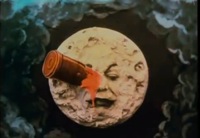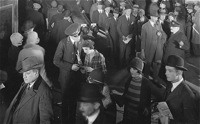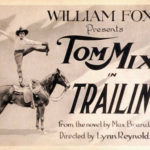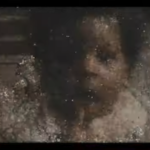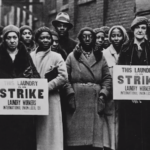In the News
With the volume of news about moving image archives, film and video restoration, and the like that appears, here and there, you might conclude that the zeitgeist is turning in favor of such undertakings. Perhaps it is. Perhaps little by little awareness is growing of just what could be lost, if efforts are not made.
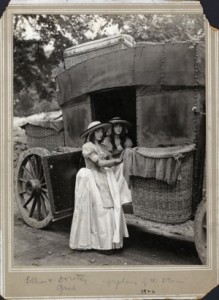
March 29 2012 – The Academy of Motion Picture Arts and Sciences has acquired more than 70,000 photographs from the Bison Archives, the private collection of renowned film historian Marc Wanamaker.
Old news, now, but good news: Last year, an astonishing restoration of the classic early film, Le Voyage dans la Lune (“A Trip to the Moon”) by Georges Meliès, renowned for its iconic black-and-white images, was screened at the Cannes Film Festival, on the French Riviera. The original, colorized, 1902 version of the film was long thought lost until the early 1990s, when an anonymous donor gave a copy to the Cinematheque de Barcelone, in Spain.The Hollywood company Technicolor assisted a team led by Serge Bromberg, head of Lobster Films, joined by Fondation Groupama Gan, to revive the movie, whose most iconic image is a fanciful tin-can space capsule against a moon’s-eye backdrop.
 It’s off to the World’s Fair of 1939-40 in films being collected as part of a collaboration involving Northeast Historic Films, the Queens Museum of Art, and the George Eastman House International Museum of Photography and Film. Professional and amateur films are being gathered that dealt with the event, and its historical context.
It’s off to the World’s Fair of 1939-40 in films being collected as part of a collaboration involving Northeast Historic Films, the Queens Museum of Art, and the George Eastman House International Museum of Photography and Film. Professional and amateur films are being gathered that dealt with the event, and its historical context.
Under the lead of NHF’s Karan Sheldon, materials being collected include original 16mm and 8mm film reels produced by members of the Amateur Cinema League (ACL). The league’s president in 1939, wrote to his organization’s members, at the time: “The New York World’s Fair depends upon your camera and your eye to tell other generations that here, in 1939, men and women of good will from all over the earth had the courage to set up a tribute to the ways of peace and the hope of perfection.”
Funding for the project is coming through the Council on Library and Information Resources program, Cataloging Hidden Special Collections and Archives.
http://www.telegraph.co.uk/travel/destinations/europe/uk/london/8796234/Silent-cinema-and-the-secrets-of-London.html
Previous Post: Wunderkino Weekend

